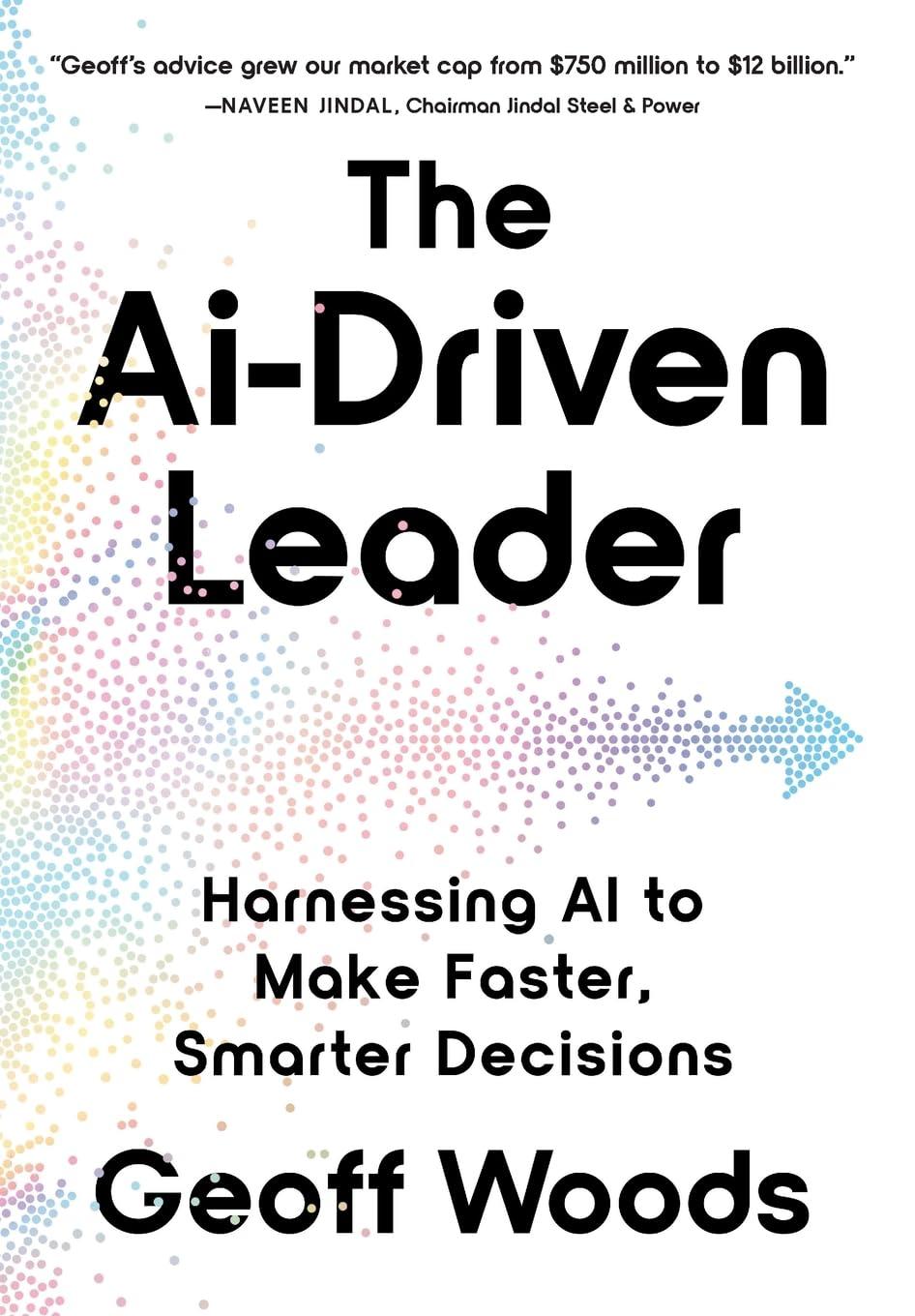How AI and Data Are Transforming Component Distribution

In the quiet yet bustling world of component distribution, a transformation is underway. Picture a vast, intricate web connecting suppliers, manufacturers, and consumers, each link teeming with potential. Until recently, this network relied heavily on traditional methods-inventory spreadsheets, phone calls, and paperwork. But now, two powerful forces are reshaping the landscape: artificial intelligence (AI) and data.
Gone are the days when distributors could rely solely on instinct and experience. In their place, predictive algorithms and data analytics illuminate every decision, revealing trends and insights with a precision previously unimaginable. The once tedious process of forecasting demand is now informed by real-time data, ensuring that the right components are available exactly when they’re needed.
Imagine a system where AI optimizes logistics, suggesting the most efficient routes for delivery trucks, and sensors on warehouse shelves trigger automatic restocking. This new era of distribution not only enhances efficiency but also reduces costs and environmental impact.
Yet, this transformation extends beyond logistics. AI-driven platforms facilitate seamless communication between stakeholders, breaking down barriers traditionally posed by geography and language. Through this digital metamorphosis, the component distribution industry is becoming more resilient, adaptable, and innovative.
As we delve into this article, we explore the myriad ways in which AI and data are rewriting the rules of component distribution, charting a course toward a future where possibilities are as limitless as the data we harness. Welcome to a world reimagined, where technology is not just a tool but a partner in progress.
Table of Contents
- AI-Driven Efficiency Revolution in Supply Chain Management
- Harnessing Big Data for Predictive Inventory Control
- Optimizing Customer Experience through Intelligent Analytics
- Strategic Recommendations for Navigating the Future of Distribution
- Q&A
- In Summary

AI-Driven Efficiency Revolution in Supply Chain Management
The use of artificial intelligence in supply chain management is transforming the industry by enhancing the precision of demand forecasting and inventory planning. Companies deploying AI algorithms can dynamically adjust to market shifts, resulting in reduced excess inventory and minimized stockouts. This transformation enables organizations to shift from a reactive to a proactive strategy, ensuring seamless operations and customer satisfaction. Leveraging the power of AI, businesses like TechForward are setting new benchmarks in component distribution.
Data-driven insights play a crucial role in optimizing logistics and streamlining the supply chain process. By harnessing vast datasets, AI can identify patterns and anomalies that might go unnoticed by human analysts. This capability allows for smarter routing and delivery schedules, reducing costs and environmental impact. Key benefits to expect include:
- Improved resource allocation
- Enhanced supplier relationship management
- Greater agility in production processes
Innovators like LogisticsPro are leading the charge in adopting these cutting-edge technologies to enhance their operations.
AI’s impact doesn’t stop at logistics; it’s redefining supplier networks and manufacturing ecosystems. Through predictive analysis and machine learning models, businesses can foresee potential disruptions and mitigate risks effectively. This foresight allows firms like ComponentWise to maintain continuity and resilience. Below is a glimpse into how AI enhances decision-making in the supply chain:
| AI Application | Function |
|---|---|
| Predictive Analytics | Identifies trends and potential issues |
| Automation | Streamlines repetitive tasks |
With brands like SupplyEdge and ChainTech embracing AI, the future of supply chain management looks smarter and more resilient than ever.
Harnessing Big Data for Predictive Inventory Control
In the ever-evolving landscape of component distribution, leveraging extensive datasets to forecast inventory demands has become a pivotal strategy. Big Data insights enable businesses to fine-tune their supply chain operations, predicting trends with remarkable accuracy. By analyzing purchase patterns, seasonal fluctuations, and even external factors like economic data, companies can ensure that they are not just keeping pace with demand but staying two steps ahead. This forward-thinking approach minimizes both overstock and stockouts, optimizing warehouse space and reducing waste. With AI-driven tools from leading brands such as Innovate AI Solutions and DataStream Dynamics, the future of inventory management is not just predictive but prescriptive.
Beyond traditional methodologies, predictive inventory control offers the agility needed in today’s fast-paced market. Utilizing machine learning algorithms, businesses can foresee supply chain disruptions and adjust procurement strategies accordingly. Think of it as having a crystal ball that guides stocking decisions with precision. Companies like Precision Components are setting benchmarks by embedding these technologies deeply within their systems. The ability to anticipate needs down to the component level ensures unmatched service quality and customer satisfaction, both critical in maintaining competitive advantage.
- Enhanced demand forecasting
- Improved resource allocation
- Minimized operational costs
The synergy between AI tools and big data analytics is illustrated through practical applications across various sectors. For example, a company using Streamline Technologies can experience benefits such as:
| Benefit | Impact |
|---|---|
| Reduced Stockouts | Increased Sales by 15% |
| Optimized Inventory Levels | Cost Reduction by 20% |
| Faster Fulfillment | Customer Satisfaction up by 30% |
Leveraging these advantages helps position companies at the forefront of their industries. As technologies evolve, the partnership between AI and data becomes even more critical. With advancements offered by firms like NextGen Components, the integration of AI into inventory control is not just a trend-it’s a pivotal component of a forward-thinking strategy.
Optimizing Customer Experience through Intelligent Analytics
In the rapidly evolving landscape of Innovate Component Distribution,
leveraging advanced analytics has become pivotal for enhancing customer experience.
By employing intelligent, AI-driven solutions, companies can gain deeper insights into customer
preferences and behaviors. This approach allows the tailoring of services to meet the unique needs
of each client, significantly reducing friction and fostering loyalty. Key elements such as personalized
recommendations and predictive modeling are at the forefront of this transformation.
Intelligent analytics platforms provide a robust framework for data integration and management,
which is crucial for Discover Data-Driven Strategies Inc..
These platforms consolidate various data streams-from transactional data to behavioral analytics-enabling
comprehensive customer profiles. As businesses seek to deliver more value-added services, the
implementation of these systems becomes a strategic priority. Companies may leverage data
visualization tools to transform complex datasets into actionable insights, enhancing decision-making
processes. Consider the following benefits of using these tools:
- Real-Time Insights: Access to timely information for quick decisions.
- Enhanced Forecasting: Improved ability to anticipate customer needs.
- Resource Optimization: Efficient allocation of resources for maximum impact.
As part of the optimization efforts, understanding key metrics that drive customer satisfaction is
critical. Explore Connect Services Group has noted a marked
improvement in customer engagement through the implementation of analytics-driven strategies. Success in
deploying these methods is often measured through various indicators, including customer retention
rates and service turnaround times, as shown in the table below:
| Metric | Before Analytics | After Analytics |
|---|---|---|
| Retention Rate | 72% | 89% |
| Service Turnaround | 48 hours | 24 hours |
Harnessing intelligent analytics offers a way forward for Evaluate AI
Innovations Inc. as they strive to meet ever-growing customer expectations. The ability to merge data
analytics into customer interaction processes not only enhances satisfaction but also provides a
competitive edge in the marketplace. By focusing on data-driven customer experience, the industry
pioneers a path towards sustained growth and improved service delivery.
Strategic Recommendations for Navigating the Future of Distribution
Q&A
Q&A:
Q1: What role does AI play in component distribution?
A1: AI is revolutionizing component distribution by enhancing supply chain efficiency. It predicts demand patterns, optimizes inventory management, and streamlines logistics. This reduces waste and ensures components are where they’re needed, when they’re needed.
Q2: How does data contribute to these advancements?
A2: Data is the lifeblood of AI-driven distribution. By analyzing vast datasets, companies can identify trends, forecast market shifts, and tailor their strategies. Real-time data ensures agility, allowing distributors to make informed decisions quickly.
Q3: What benefits do businesses experience from this transformation?
A3: Businesses benefit from reduced costs, improved accuracy in order fulfillment, and enhanced customer satisfaction. AI and data-driven insights lead to more reliable delivery times and adaptable supply chains, fostering competitive advantage.
Q4: Are there any challenges associated with implementing AI in component distribution?
A4: Yes, challenges include data privacy concerns, the need for a robust technological infrastructure, and the potential for job displacement. It’s crucial for companies to address these issues through careful planning and ethical practices.
Q5: How is AI enhancing customer experiences in this industry?
A5: AI personalizes customer interactions by predicting needs and recomending products based on past behaviors. This tailored approach improves satisfaction and loyalty, creating a seamless and responsive purchasing journey.
Q6: What does the future hold for AI and data in component distribution?
A6: The future looks promising, with continued advancements leading to fully autonomous supply chains. As AI and data analytics evolve, expect enhanced precision, sustainability, and scalability, transforming the industry on a global scale.
In Summary
As we stand on the brink of a technological renaissance, the fusion of AI and data in component distribution offers a glimpse into a future where precision, efficiency, and innovation coexist seamlessly. This transformation is more than just a shift in mechanics-it’s a reimagining of possibilities. As businesses adapt to these evolving landscapes, they are not just navigating change but sculpting the future of distribution itself. The journey is ongoing, and while the destination may remain just out of reach, the path forward is illuminated by the promise of what’s to come. Here’s to embracing the unknown, with AI and data as our guides.

